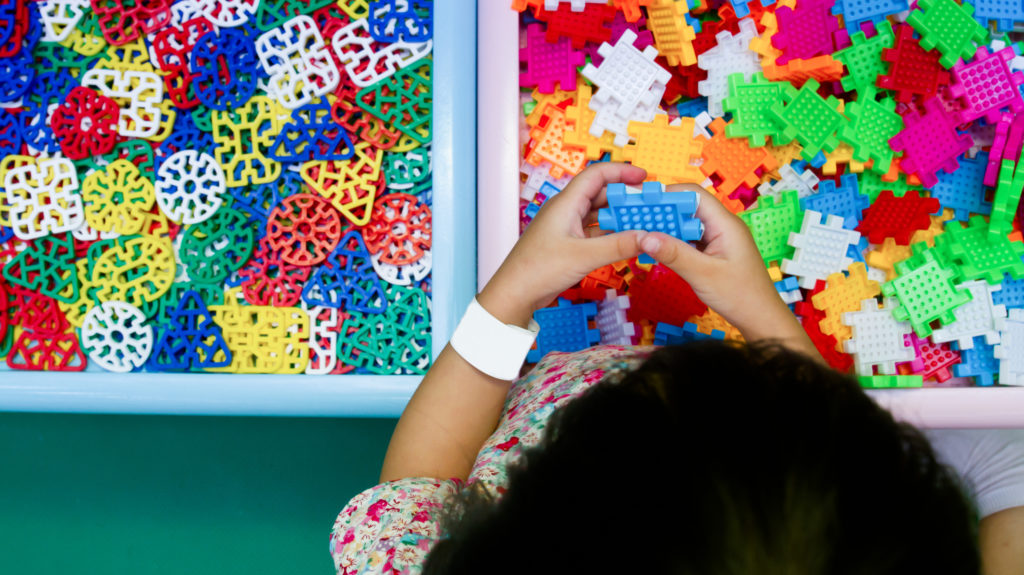Clements, Sarama, Kutaka awarded grant to re-evaluate past projects with a new lens
Dr. Doug Clements, co-director of Marsico Institute (Marsico), has been named principal investigator on a new Institute of Education Sciences (IES) grant to more extensively study children’s learning using video and data from Marsico’s previous IES grant, Evaluating the Efficacy of Learning Trajectories in Early Mathematics. Co-principal investigators on this project are Drs. Julie Sarama, also co-director of Marsico, and Dr. Traci Kutaka, research associate for Marsico.
The earlier grant was a series of eight studies evaluating the efficacy of using a learning trajectories approach to mathematics instruction. These experiments showed that a learning trajectories approach fostered the development of early mathematics skills that are predictive of later school achievement.
This time around, Kutaka and her colleague Dr. Pavel Chernyavskiy from the University of Wyoming, have developed new questions and research designs. The team will dig deeper into one of these studies to determine precisely how kindergarten children’s problem-solving strategies vary across different types of arithmetic story problems and how they evolve over the course of successful teaching. The team also will use these analyses to construct two novel indicators of instructional efficacy: modal strategy sophistication and strategy breadth. These indicators will account for patterns of strategy use over time, application of strategies to increasingly complex arithmetic problem types, and instructor feedback.
According to Sarama, “New IES funding allows us to leverage hundreds of hours of video collected within a randomized design to better understand both children’s thinking and learning from scientifically-designed instruction and to benefit the field with new tools for future studies.”
The Marsico team will carry out the study in two phases. In the initial phase, the team will watch and code videos of instructional sessions captured during the previously completed efficacy trial of a learning-trajectories approach. During phase two, the researchers will estimate hierarchical ordered logit models to produce patterns of strategy use over time – within and between instructional sessions – for particular story problem structures. These models will then inform the construction of two novel indicators of instructional efficacy.
“At the core of learning trajectories is research on children’s thinking. This study will extend this research, providing both researchers and practitioners with a new lens for noticing, understanding, and supporting this thinking and its development,” said Clements.
The project has been funded, in whole, by the Institute of Educational Sciences, U.S. Department of Education.



